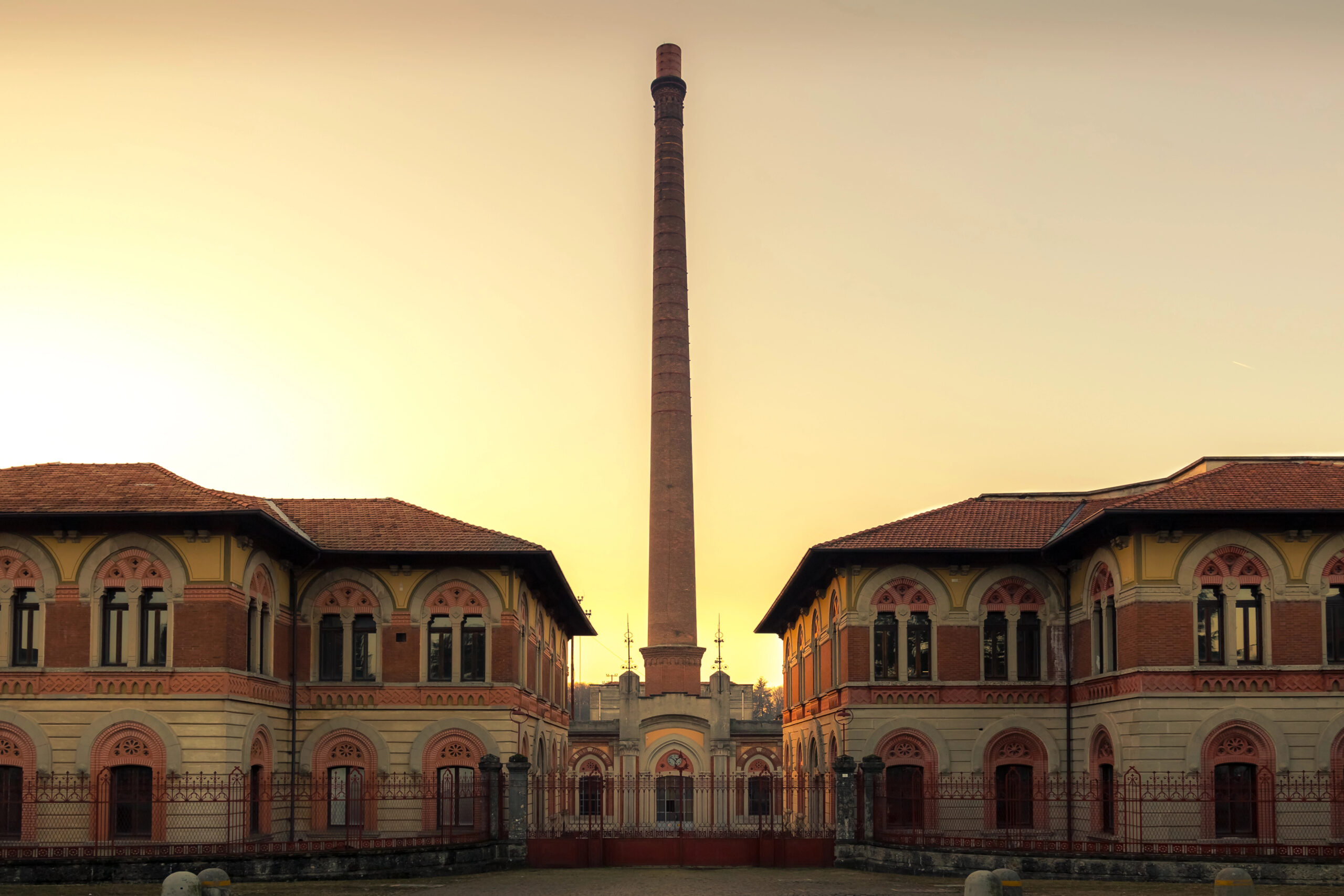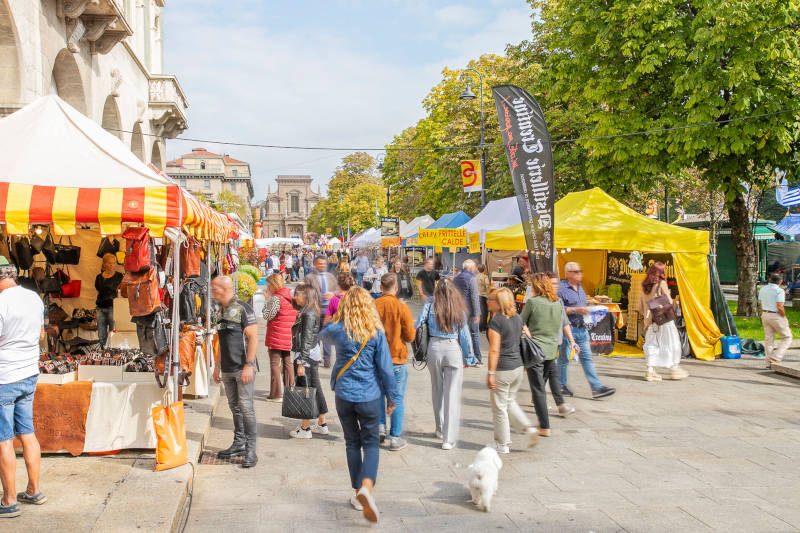From medieval strongholds to cutting-edge contemporary design, Bergamo tells its story through the buildings that shape its skyline. For centuries, the people of this region have been known as skilled builders—pragmatic, visionary, and deeply rooted in craftsmanship. Walking through the province is like leafing through an architectural history book, with each structure offering a glimpse into the values, needs, and dreams of the era it was built in.
Here are six iconic buildings that define Bergamo’s architectural journey through time.
Tracing the City Through Stone and Structure
1. Castello di Malpaga
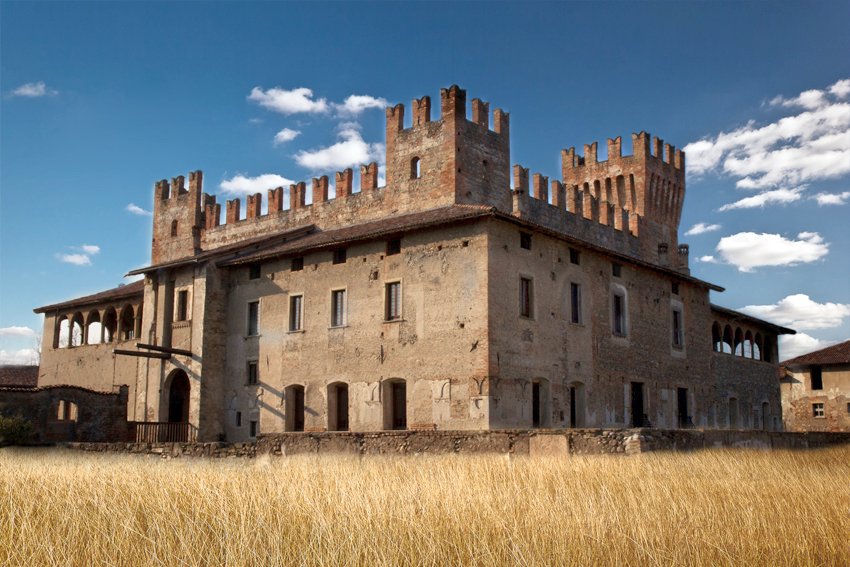
The story begins in the 14th century with the Castello di Malpaga, a medieval fortress nestled in the flatlands of the Bassa Bergamasca. Once home to the famed condottiero Bartolomeo Colleoni, this castle was more than a military stronghold—it was a symbol of power, art, and diplomacy. Behind its thick walls and towers, visitors can still admire frescoes depicting scenes of court life and alliances, offering a vivid picture of late medieval society.
Malpaga reflects a time when architecture was a matter of defense, prestige, and storytelling. Today, it continues to engage visitors with historical reenactments and educational workshops, keeping its centuries-old spirit alive.
2. Palazzo Nuovo (Biblioteca Angelo Mai)
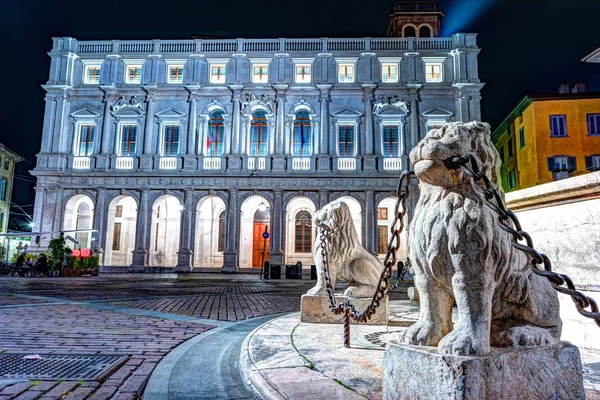
Moving into the heart of Città Alta, the Palazzo Nuovo represents Bergamo’s Renaissance chapter. Constructed between the 17th and 18th centuries, its harmonious façade lines Piazza Vecchia with classical elegance. Though originally intended as the city’s town hall, today it houses the Biblioteca Civica Angelo Mai, one of the most important libraries in Italy, with manuscripts and books spanning centuries.
This building marks a shift from feudal power to civic pride, where knowledge and public life began to shape the identity of the city.
3. Accademia Tadini
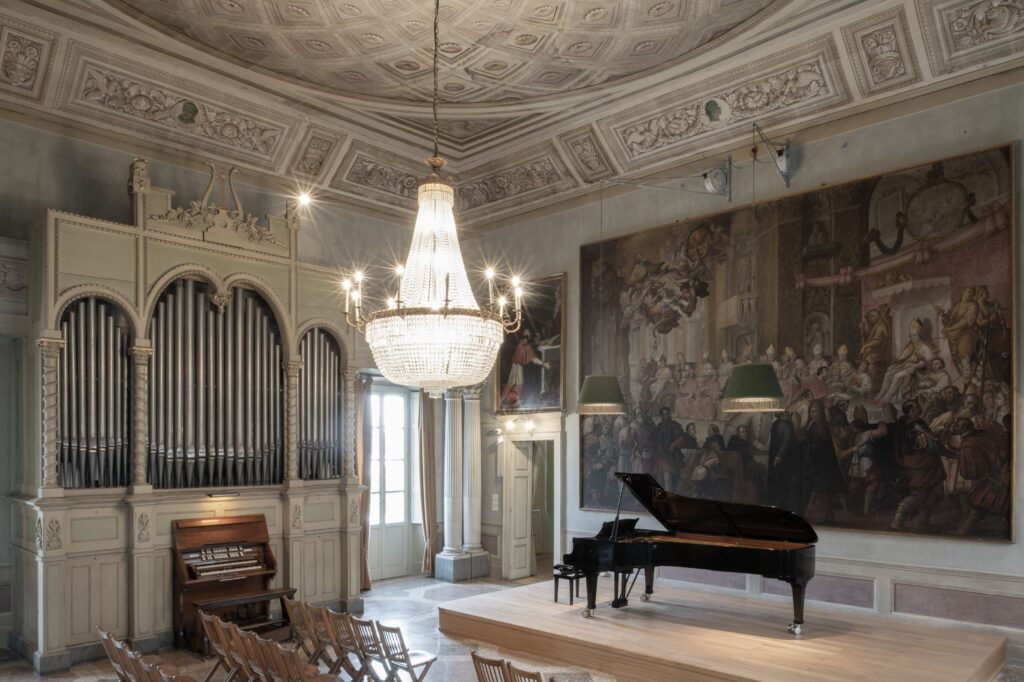
On the shores of Lake Iseo, the Accademia Tadini in Lovere embodies the refined aesthetics of neoclassicism. Built in the early 19th century, this lakeside villa was conceived as both residence and art gallery by Count Luigi Tadini, and it remains one of Italy’s oldest cultural institutions.
Its serene architecture and elegant interiors speak of a time when art and reason were central to society. Inside, visitors can admire works by Canova and other greats, blending artistic excellence with intellectual ambition.
4. Villaggio Operaio di Crespi d’Adda
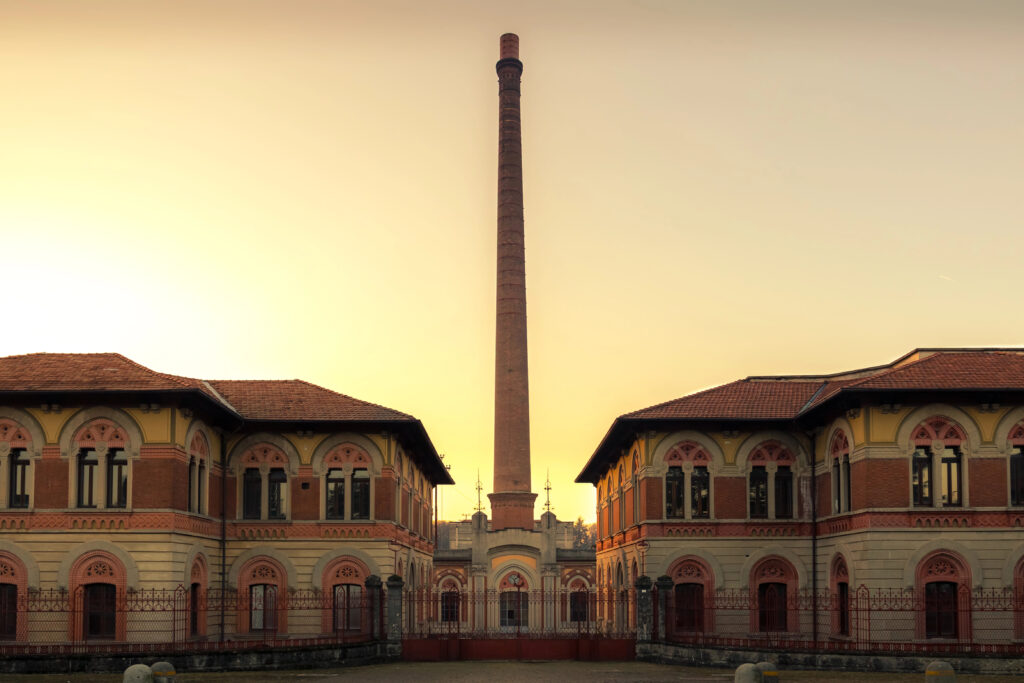
The 19th century brought radical change with the rise of industry, and Bergamo embraced the era with both innovation and humanity. The Workers’ Village of Crespi d’Adda, now a UNESCO World Heritage Site, stands as a unique example of industrial architecture and social planning.
Built by the Crespi family for factory workers, the village was designed as a self-sufficient community, with housing, schools, a church, and a theatre—all built in rational, orderly style. It’s a rare instance where industrial ambition met with genuine concern for workers’ well-being, setting a model for future urban development.
5. Ex-Casino of San Pellegrino
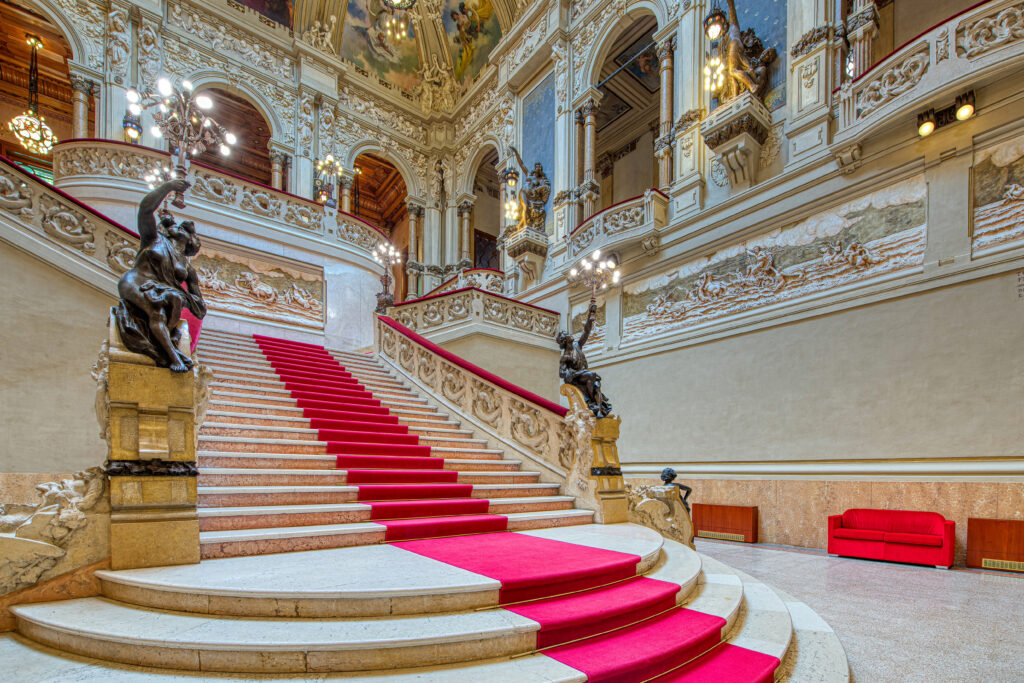
By the early 20th century, Bergamo had begun embracing modernity with flair. Nowhere is this more visible than in San Pellegrino Terme, where the ex Casinò, now a luxury thermal spa, dazzles with Art Nouveau sophistication. Originally opened in 1907, it attracted European elites and was a jewel of Belle Époque leisure culture.
Today, the restored structure blends old-world glamour with contemporary wellness, its stained-glass windows, sculpted interiors, and frescoed ceilings still casting the same magical spell. It’s a testament to how Bergamo adapted to the changing tastes of the modern age while preserving its sense of place.
6. Chorus Life

The most recent chapter in Bergamo’s architectural evolution is being written with Chorus Life, a contemporary multifunctional district developed just outside the city center. Designed to combine technology, sustainability, and community life, it includes residences, offices, sports facilities, event spaces, and a state-of-the-art arena—all integrated in a smart, walkable urban environment.
Chorus Life reflects today’s priorities: versatility, wellbeing, and connectedness. It’s not just a space to live, but a space to experience, bringing together entertainment, health, and innovation. The project stands as a bold expression of how Bergamo continues to build forward, with the same spirit of purpose that’s always defined its people.

